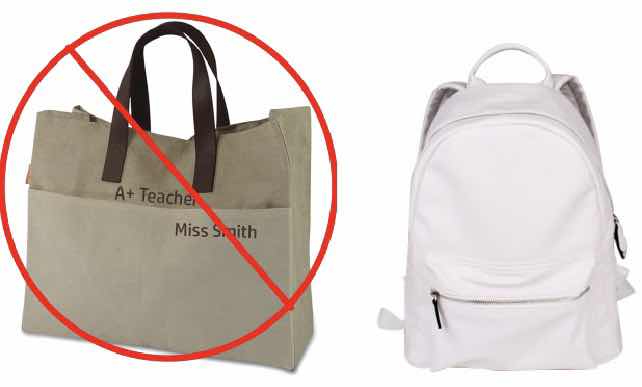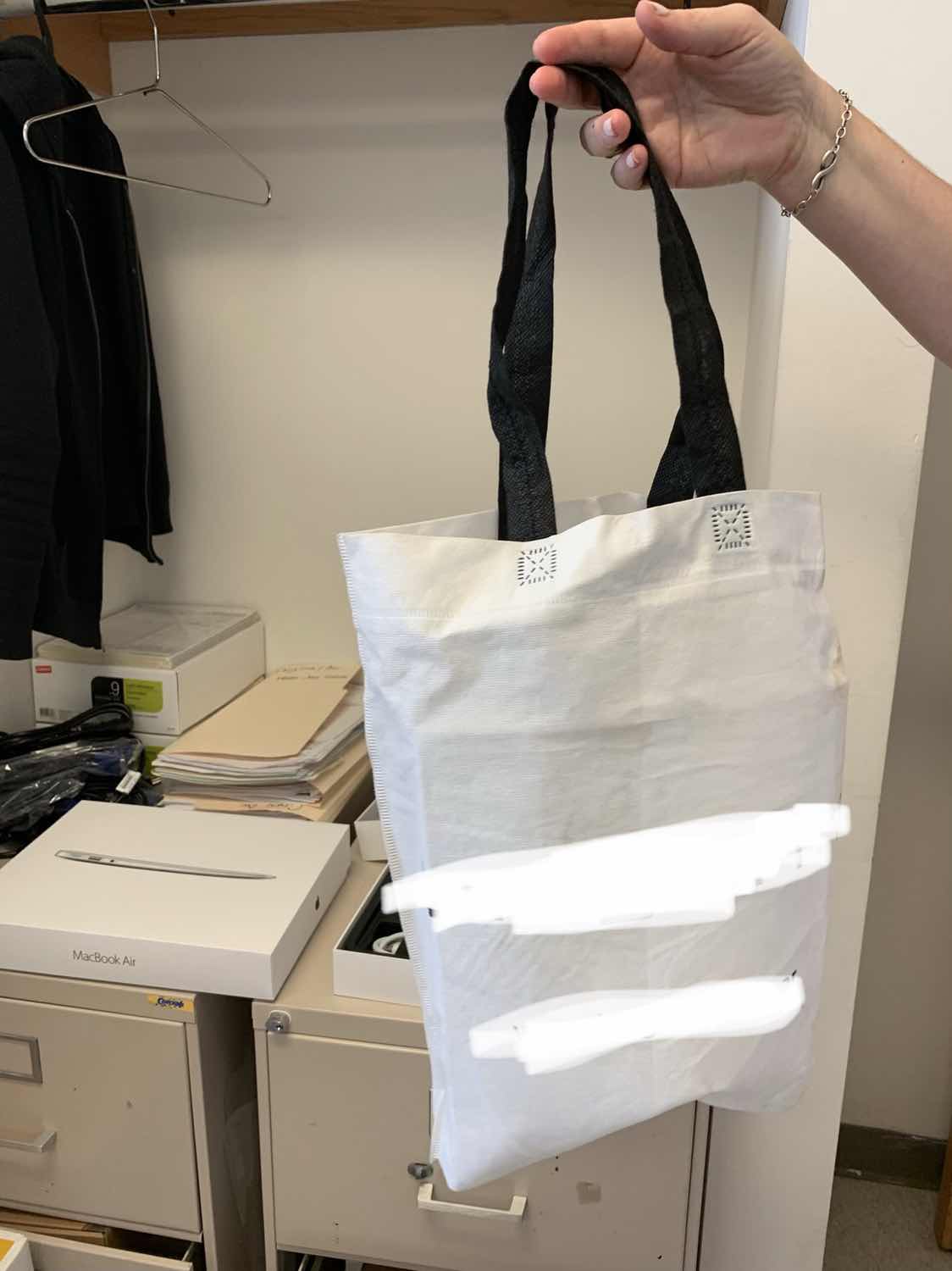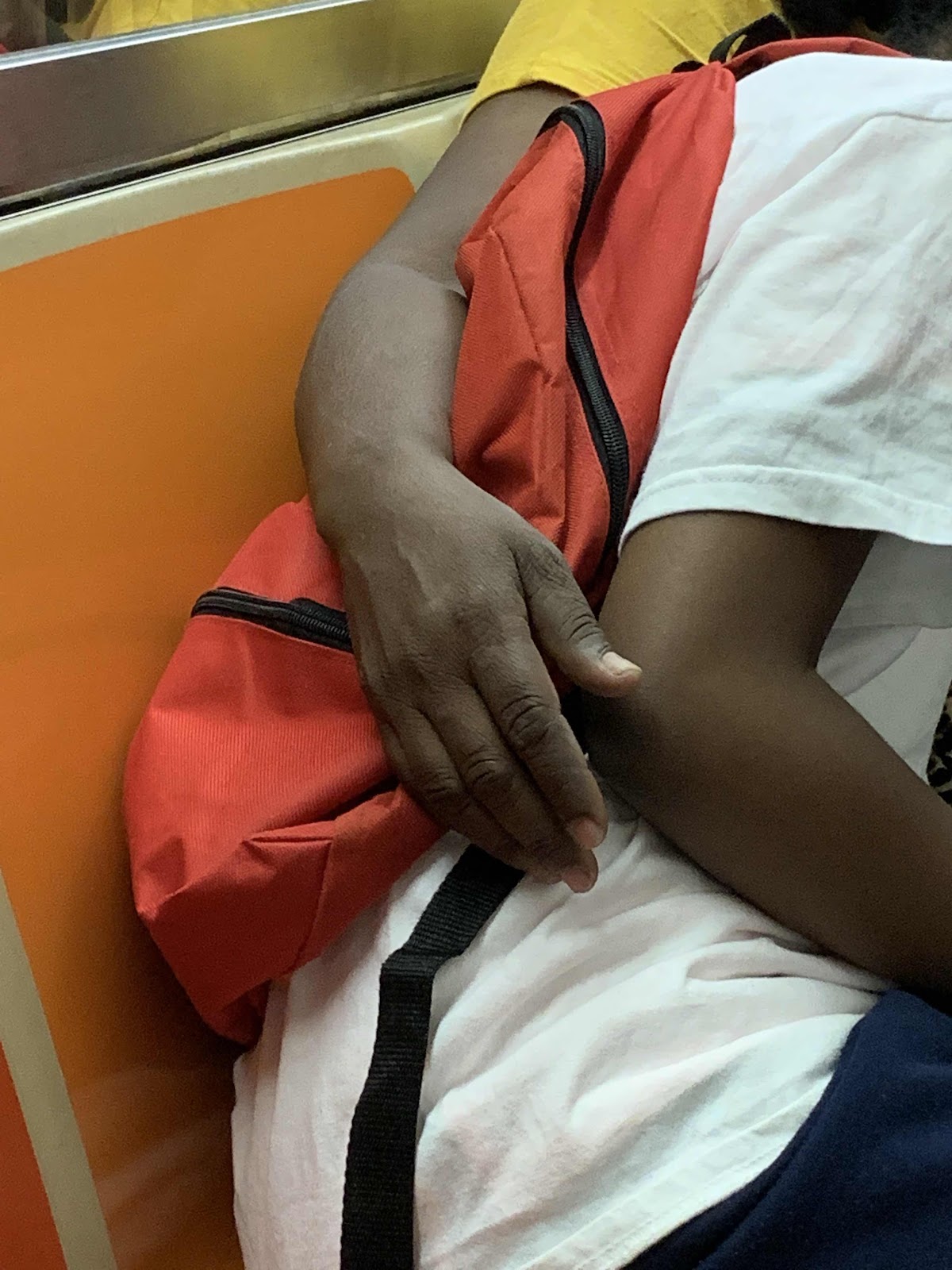
My upcoming summer is full of conferences. I’m excited to connect with educators and vendors at various places. Educators always end up being given something. And that something is often contained in a “Teacher bag”.
“Teacher bags”. Those square sacks of canvas with two handles at the top. Useful for toting books and papers about. They stack up folded in closets for just when you need to take a bunch of papers home to grade. However, the use of books and papers is going digital. These bags are becoming obsolete.
For me they end up tossed in the garbage, stuffed in a closet and never used or cut up for some other unintended purpose #makerspace. I prefer to move about hands free. These bags don’t fit well to hang from my shoulder allowing me to move about freely. I also can’t give them away though I’ve considered using them as gift wrapping...
I have a different idea. Backpacks. Vendors will always want educators to walk away with something in their hands so they give us a reusable container. Educators still have a need to carry things from class to class. And most importantly students in need could use some help. And sometimes that’s in the form of a backpack.
As I sat down at my desk this morning a new Mac laptop was being placed in a “teacher bag” to give to a student for assistive technology purposes. What do you think the student will do with that “teacher bag”? If we had a plethora of backpacks we could have packaged the device in a container that was more meaningful to the student. We collect information and samples from vendors for our students. Shouldn’t we also be given a container which is more meaningful?

Those teacher bags like our factory model of education no longer address all the reasons they were intended for. As I head to these conferences I know I won’t be given backpacks. I’m hopeful in the coming years to see a shift. If we all make an effort to request change it can happen.
Why a backpack? Despite its traditional connection to school it offers a lot to our students. There’s certainly negatives to using backpacks related to posture and getting caught in doors but the benefits to a student trying to fit in out weigh the negatives. Students need to be able to move and a backpack allows for more of a range of motion. If kept on they have less of a likelihood of misplacing it. The various pockets create greater organization. And if we really want to go all out we’d provide backpacks with accessible tools like Velcro closings or larger zipper holds.
As I walk through the expos to come I’ll inevitably be handed a “teacher bag” and I’ll take it. But I’ll be requesting a backpack for next time. So vendors, stop shoving “teacher bags” in my hand. Give me something I can use to give back. Give me a backpack I can gift to a student in need. #givebackpack












